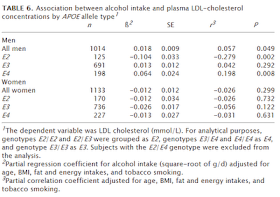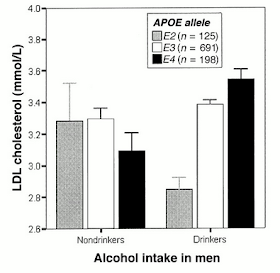(Source: Wellnessuncovered.com)
There is another component to satiety, which applies to natural foods, or foods that are not man-made. That other component is the nutrition value of those foods, and whether they meet our nutrition needs at a given point in time. If our body needs certain essential amino acids for tissue repair, subconscious mechanisms will make us crave those foods from which those amino acids can be extracted. In this context, eating is generally a good idea.
The problem is that we have not evolved mechanisms to differentiate “true” from “fake” nutrient starvation; one example of the latter would be fat starvation due to transient hyperinsulinemia induced by refined carbohydrate-rich foods.
Foods engineered by humans tend to lead to overeating because humans are good engineers. In modern society, business drives everything. Food business is predicated on consumption, so engineered foods are designed so that one person will want to consume many units of a food item – typically something that will come in a box or a plastic bag. There is no conspiracy involved; the underlying reason is profit maximization.
When we look at nature, we typically see the opposite. Prey animals do not want to be eaten; often they fight back. Eggs have to be stolen. Plants do not want their various parts, such as leaves and roots, to be eaten. Much less their seeds; so they have developed various defense mechanisms, including toxins. Fruits are exceptions to this rule; they are the only natural foods that are designed to be eaten by animals.
Plants want animals to eat their fruits so that they can disperse the plants’ seeds. So they must be somewhat alluring to animals. Sugar plays a role here, but it certainly is not the only factor. The chemical composition of fruits is quite complex, and they usually contain a number of health-promoting substances, such as vitamins. For example, most fruits contain vitamin C, which happens to be a powerful antioxidant, and also has the ability to reversibly bind to proteins at the sites where sugar-induced glycation would occur.
Many modern fruits have been bred to be resistant to diseases, more palatable, and larger (usually due to more water retention). But, fundamentally, fruits are products of evolution. So how come we don’t see fruits that are pure sugar? Watermelons, for example, are often referred to as “bags of sugar”, but they are only 6 percent sugar. Ice cream is 25 percent sugar.
Two things must be kept in mind regarding fruits and their evolution. One is that dead animals do not eat fruit, and thus cannot disperse seeds. Sick animals would probably not be good candidates for fruit dispersion either. So the co-evolution of fruits and animals must have led fruits to incorporate many health-promoting attributes. The other is that seed dispersion success is correlated with the number of different animals that consume fruits from a plant. In other words, plants do not want all of their fruits to be eaten by one single animal, which must have led fruits to incorporate satiety-promoting attributes.
Often combining foods, adding spices, and so on, is perceived as making those foods exciting. That is so even with natural foods. If you read the descriptions of the foods consumed by healthy isolated populations in Weston Price’s Nutrition and Physical Degeneration, you will probably find them a bit boring. A few very nutritious food items, consumed day in and day out, frequently without heavy preparation. Exciting foods, requiring elaborate and time-consuming preparation, were consumed in special occasions. They were not eaten regularly.
The members of those healthy isolated populations were generally thin and yet lacked no important nutrients in their diet. They were generally free from degenerative diseases. Their teeth were normally strong and healthy.
Just before writing this post, I took six whole sardines out of the freezer to thaw. I will prepare them as discussed on this post, and eat them with a side of steamed vegetables for lunch. (I tend to eat fruits only on the days I exercise; typically 3 days out of 7.) This lunch will be very nutrient-dense. I will be very hungry before lunch, since I’ll have been fasting for 16 hours, and after I’ll not be hungry until dinner. Frankly, eating the sardines will not be very exciting, since I’ve been doing this for years.
Boring is another word for satiating.



